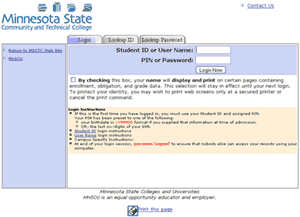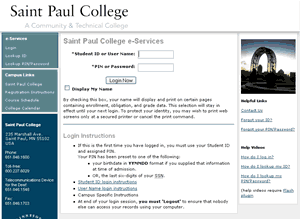Password Safe on the Mac
I’ve been using a Mac at work for a short while now and am much, much, much happier for it. As my coworker Mr. Ladwig says, I swear a lot less at the computer now. But there are a few Windows apps I’ve missed. Small things that aren’t quite worth firing up Parallels for, or that it wouldn’t make sense to anyway. TortoiseSVN is one, although I can work around that with the command line and Eclipse (and wait for Versions to be released). I miss TrueCrypt, which I used for anything that mattered, but FileVault and OS X encrypted disk images meet my needs, though I do look forward to an OS X version of TrueCrypt. If I had ever been more willing to dive deeply into the Windows world instead of just tolerating it, no doubt I would sorely miss PowerShell. But I don’t.
I can cope without all of that. What I really, truly miss is a good password manager. Namely Password Safe. With Password Safe, I never need to know any of my passwords. And I don’t. Password Safe can generate and store strong passwords and never display them to me. (Under the same principle, for some web sites I use a modded version of a password generator bookmarklet that you might find useful. It’s not perfect but for many things it’s good enough.) Passwords are stored in a believably cryptographically strong manner. After I copy a password to the clipboard to paste elsewhere, the password can be cleared from the clipboard by minimizing or closing Password Safe. Yes, keeping sensitive data in a shared clipboard makes me nervous. It minimizes and locks itself after a configurable period of time.
It works well and I trust it.
OS X has Keychain, a password store with strong crypto. It’s nicely integrated into the OS and made available to applications. Subversion finally uses Keychain to store passwords on OS X (instead of leaving them in cleartext, which you’ll find on Unix systems. Grrrr…). I can use Keychain to manage my passwords, but it badly needs some user interface work. Yes, it can generate passwords using several different algorithms, but I rarely succeed in creating a new password. There’s no clean way to copy the password to the clipboard, and when I do it visibly exposes the password in cleartext. Then I can’t clear it from the clipboard.
Keychain just needs a little UI love.
Last night on Twitter I was bemoaning the situation. Stephen Collins immediate responded, pointing out that there’s a Java version.
What? I didn’t see that in the list of related projects! Oh, that’s because it’s not there. It’s down under news from 16 January 2007. Of course.
But it’s there, and it works. Not surprisingly for something that’s at version 0.6, it’s not as polished as the native Win32 version. And maybe it needs a little Filthy Rich Clients love. But so far it’s a far sight better for what I want than Keychain is.
I should probably try Password Gorilla, too, which I’d conveniently overlooked. It reads and writes Password Safe 3 databases.
Thanks, @trib.
31 Aug 2007 Sam 18 comments



